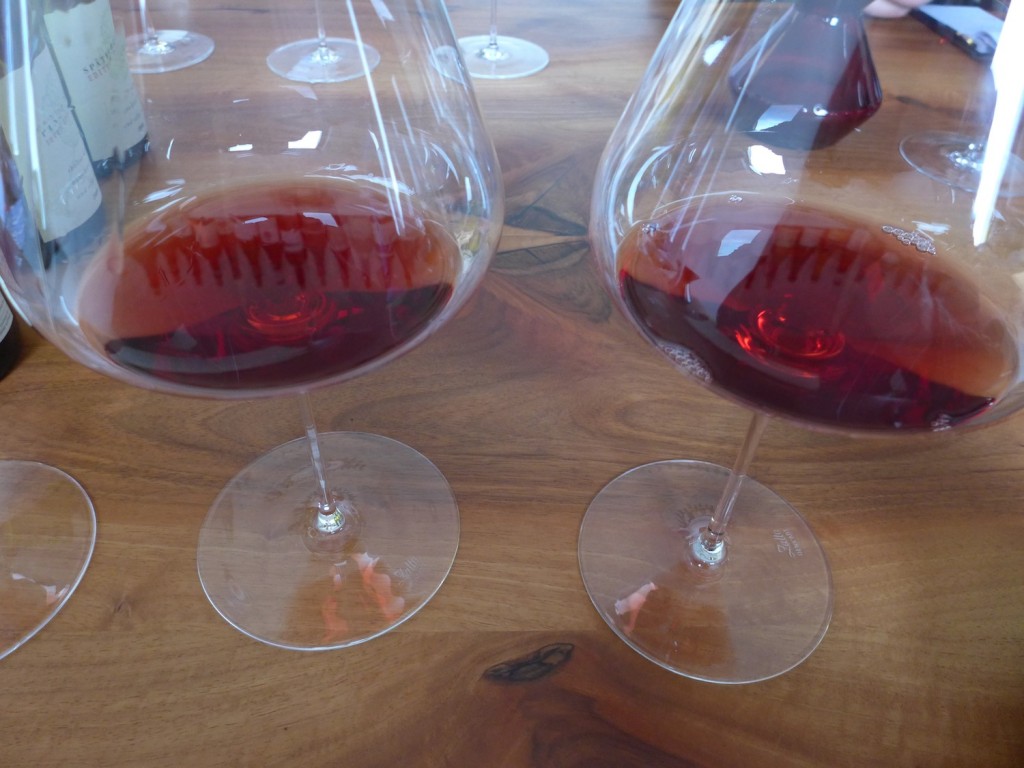
SEX AUF DER BERGSPITZE: Die Präsentation der 2012 Spätburgunder GG des VDP in Berlin vonFrank Ebbinghaus (10. September, 2014)
Mehr als 60 Spätburgunder – überwiegend GG – habe ich am Montagnachmittag im Rahmen der Präsentation der Großen Gewächse in Berlin verkostet. Sollte es eine Hölle geben, und würde sie den Erwartungen gerecht, die man berechtigterweise an sie stellen kann: Solche Proben gehörten dort zum Tagesprogramm. Junge, komplexe Spätburgunder können ja so gemein sein und einem die letzten Kräfte rauben. Aber ich liebe Spätburgunder/Pinot Noir. Weine dieser Rebsorte sind für mich der Inbegriff an Verführungskraft, Sinnlichkeit, Sexyness und was man sich sonst noch in dieser Richtung bei Wein vorstellen kann. Die großen Pinots, die ich trinken durfte, werde ich nie vergessen. Sie sind meist unverschämt teuer, aber man erwischt sich dabei, dass man irgendwie wenigstens eine Flasche ergattern will, egal, was sie kostet, nur um diese große Empfindung noch einmal zu erleben. Ja, ich bin ein Pinot-Junkie. Und als solcher leidensfähig.
Das Gute wie das Schlechte dieser Tortur liegt darin, dass unmittelbar danach alle Eindrücke in einem Nebel zu versinken scheinen. Was insofern bedauerlich ist, als dass viele ausgezeichnete Gewächse einer großen Relativierung anheimfallen (aus der sie meine Notizen befreien müssen). Andererseits gab es ein paar wirklich große Weine, die wie imposante Bergspitzen aus dem Nebelschleier herauswachsen.
Vorweg dies: Die deutschen Spätburgunder GG haben ein sehr gutes Niveau erreicht. Es gab nur wenige wirklich schwache Weine. Und mancher Tropfen, der jetzt mit Holz überladen scheint, hat doch so viel Potential, um sich eines fernen Tages von dieser Last vielleicht befreien zu können. Aber – und dies ist ebenfalls ein positiver Befund – die Holzmonster scheinen auf dem Rückzug. Frucht, Finesse und Mineralität rücken in den Vordergrund.
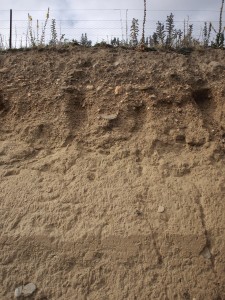 Ich habe also tapfer probiert, aber leider nicht alles geschafft, was interessant schien. Gegen Ende – in Württemberg und Baden – musste ich größere Lücken in Kauf nehmen. Sei’s drum. Eine weitere Einschränkung: Spätburgunder oder Pinot Noir ist ein ziemlich launisches Gesöff. Es kann einem in der Jugend eine ganz schöne Nase drehen. Ich habe schon grottenschlechte junge Pinots probiert, die ein paar Jahre später richtig gut waren (an einen umgekehrten Befund kann ich mich freilich nicht erinnern).
Ich habe also tapfer probiert, aber leider nicht alles geschafft, was interessant schien. Gegen Ende – in Württemberg und Baden – musste ich größere Lücken in Kauf nehmen. Sei’s drum. Eine weitere Einschränkung: Spätburgunder oder Pinot Noir ist ein ziemlich launisches Gesöff. Es kann einem in der Jugend eine ganz schöne Nase drehen. Ich habe schon grottenschlechte junge Pinots probiert, die ein paar Jahre später richtig gut waren (an einen umgekehrten Befund kann ich mich freilich nicht erinnern).
Welche Weine haben Suchtfaktor? Für mich der größte Wein ist die 2012 Wildenstein Spätburgunder Reserve von Bernhard Huber (Malterdingen/Baden). Sie besitzt süße Würze und Parfüm, ist samtig und seidig, erotisch und feminin, zeigt immer neue Facetten und ist unglaublich lang – ein Wein, der einen selbst in der homöopathischen Dosierung dieser Probe minutenlang fesselt. Der Wildenstein ist einer der größten deutschen Spätburgunder, die ich je getrunken habe und ein großartiges Vermächtnis des in diesem Jahr tragisch verstorbenen Winzers Bernhard Huber. Der Wein kostet weit mehr als 100 Euro, aber dieser Preis verliert während des Probierens jeden Schrecken.
Überhaupt Huber: Seine vier vorgestellten Spätburgunder GG sind eine Klasse für sich, obwohl sie sich doch stark voneinander unterscheiden: Das 2012 Bienenberg GG wirkt ungemein lebendig mit roten und schwarzen Johannisbeernoten, mit Erde und vielem mehr. Das 2012 Sommerhalde GG duftet nach Samt, Orangen und Marzipan und schmeckt nach roten Früchten, etwas grünem Pfeffer und Cassis. Das 2012 Schlossberg GG riecht nach nassem Rauch und nasser Erde, hat viele Frucht im Hintergrund und schwarzen Pfeffer ohne Schärfe. Der Wein strömt nur so dahin. Allen Huber-Weinen ist eine sehr verführerische Seidigkeit und Eleganz eigen, die über die Jahre zum Markenzeichen dieses großartigen Erzeugers wurde.
Und doch gibt es einen Winzer, dessen vorgestellte Kollektion den Weinen Hubers mindestens gleichkommt, ja sie vielleicht sogar ein wenig übertrifft (außer den Wildenstein): Es ist das Weingut Rudolf Fürst (Bürgstadt/Franken), dessen Spitzen-Pinots nicht nur die verführerische Eleganz Hubers erreichen. Sondern noch einen Tick ausdrucksstärker wirken.
Das beginnt mit dem 2012 Centgrafenberg Spätburgunder GG, das eine verführerische, an Orangen, Mirabellen und manches mehr erinnernde Frucht mit einer wunderbaren Struktur und Finesse verbindet. Hier fügt sich alles so graziös wie in den Szenen Watteaus (die übrigens auch in der gastgebenden Gemäldegalerie zu bewundern sind). Ein wahrer Knüller an Finesse und Ausdrucksstärke ist das 2012 Schlossberg GG, das kaum beschreibbare Fruchtnoten in Samt und Seide kleidet und jeden Augenblick neue Aromen entschleiert. Sehr verhalten dagegen das 2012 Hundsrück GG. Aber seine geschliffene Eleganz und Stoffigkeit lassen keinen Zweifel, dass hier ein wahrer Monarch auf seinen großen Auftritt wartet.
Nie zuvor habe ich bessere deutsche Spätburgunder probiert als die von Huber und Fürst. Es gab reifere Jahrgänge als 2012, auch sie brachten große Weine hervor. Aber 2012 zeichnet sich neben einer schönen Reife auch durch eine herrliche Lebendigkeit aus, für die neben feinem, reifen Tannin auch eine unterstützende Säure sorgt.
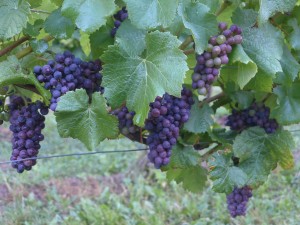 Besonders deutlich wird dies etwa bei den Weinen von Benedikt Baltes (Weingut StadKlingenberg/Franken). Sie besitzen nicht die verführerische Noblesse a´la Fürst und Huber, verbinden aber explosive reife Frucht mit einer rassigen, fast rieslingartigen Säure und zeigen Ecken und Kanten (was junger Spätburgunder durchaus darf). Bei seinem Spitzenwein, dem Schlossberg GG notierte ich mir prompt „Roter Riesling“, so lebendig, frisch und vielschichtig präsentierte sich dieser Spätburgunder. Alle Weine, die Benedikt Baltes vorstellte, vertragen wenigstens ein paar Jahre Lagerzeit.
Besonders deutlich wird dies etwa bei den Weinen von Benedikt Baltes (Weingut StadKlingenberg/Franken). Sie besitzen nicht die verführerische Noblesse a´la Fürst und Huber, verbinden aber explosive reife Frucht mit einer rassigen, fast rieslingartigen Säure und zeigen Ecken und Kanten (was junger Spätburgunder durchaus darf). Bei seinem Spitzenwein, dem Schlossberg GG notierte ich mir prompt „Roter Riesling“, so lebendig, frisch und vielschichtig präsentierte sich dieser Spätburgunder. Alle Weine, die Benedikt Baltes vorstellte, vertragen wenigstens ein paar Jahre Lagerzeit.
Zu den Spitzen dieser Verkostung zählen unbedingt auch die beiden Spätburgunder von August Kesseler (Rüdesheim-Aßmannshausen/Rheingau), wobei das 2012 Berg Schlossberg GG mit seiner unglaublich fein parfümierten, dabei auch dichten, kühlen Stilistik das ebenfalls ausgezeichnete, hoch elegante 2012 Höllenberg GG leicht überflügelt.
Auch die Pfalz ist eine Spätburgunder-Hochburg. Ein Wein, der schon jahrgangsmäßig aus dem Rahmen fällt, ist das 2009 Im Sonnenschein GG vom Weingut Ökonomierat Rebholz (Siebeldingen/Pfalz), das zeigt, wie ein sehr reifer Jahrgang schmecken kann. Viel süßer Schmelz wird von Schwaden reifen Tannins gebändigt, der Wein zeigt viele Facetten, ist im Moment reif und üppig, aber nicht fett.
Meine weiteren Favoriten in der Pfalz. Die kühl eleganten Spätburgunder GG Sankt Paul und Kammerberg von Friedrich Becker (Schweigen/Pfalz), das mineralische Kalmit GG vom Weingut Kranz (Ilbesheim/Pfalz), das seidige 2011 Kirschgarten GG von Philipp Kuhn (Laumersheim/Pfalz), sowie das mit Verführungskunst und Bodenhaftung gleichermaßen begabte 2011 Kastanienbusch Köppel GG von Dr. Wehrheim (Birkweiler/Pfalz). Seine große Klasse unter jugendlichem Ungestüm verbergend (und gerade deshalb begeisternd): der 2012 Musikantenbuckel Spätburgunder trocken vom Weingut Krebs (Freinsheim/Pfalz).
Ein Bekenntnis zur Ahr: Ich bin kein großer Fan. In wärmeren Jahrgängen werden mir diese Weine einfach zu reif und alkoholstark (so z.B. im Jahrgang 2007). Auch die Spitzen-Spätburgunder des Jahrgangs 2012 von Meyer-Näkel (Dernau/Ahr) und J. J. Adeneuer sind reife Weine mit viel Alkohol, aber doch auch einer guten Balance, mit verführerischer Frucht und seidiger Struktur. Wer es kühler mag, wird deutlich schlankeren Weine von Jean Stodden (Rech/Ahr) bevorzugen, die ebenfalls gelungen sind.
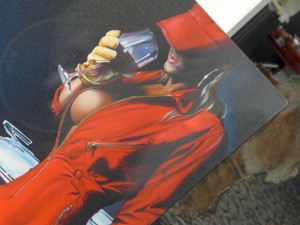 Im Süden gibt es noch mehr Spätburgunder-Meister. Allen voran Rainer Schnaitmann (Weingut Schnaitmann, Fellbach/Württemberg). Sein Spitzen-Spätburgunder gehört für mich seit Jahren zu den Allerbesten: Das 2012 Bergmandel Spätburgunder GG ist sehr seidig und super-sexy, aber auch sehr vielschichtig und mit ordentlich Grip (etwas herber, aber nicht weniger sexy schmeckt übrigens Rainer Schnaitmanns 2012 Bergmandel Lemberger GG – sehr empfehlenswert).
Im Süden gibt es noch mehr Spätburgunder-Meister. Allen voran Rainer Schnaitmann (Weingut Schnaitmann, Fellbach/Württemberg). Sein Spitzen-Spätburgunder gehört für mich seit Jahren zu den Allerbesten: Das 2012 Bergmandel Spätburgunder GG ist sehr seidig und super-sexy, aber auch sehr vielschichtig und mit ordentlich Grip (etwas herber, aber nicht weniger sexy schmeckt übrigens Rainer Schnaitmanns 2012 Bergmandel Lemberger GG – sehr empfehlenswert).
Zwei renommierte badische Erzeuger haben wahre Klassiker hingelegt: Das Weingut Dr. Heger (Ihringen/Baden) mit seinem eleganten, im Abfüllungstief steckenden 2012 Winklerberg Spätburgunder GG und dem feinfruchtig-zugänglicheren 2012 Schlossberg Spätburgunder GG. Große Zukunft werden auch die beiden Spätburgunder GG vom Weingut Seeger (Leimen/Baden) haben, wobei das kraftvolle, aber verschlossene Große Gewächs RR aus dem Herrenberger Oberklamm in ein paar Jahren die Nase vor dem 2012 Herrenberg GG Spermen R haben wird.
All das sind große, aber auch sehr teure Weine. Es geht auch anders, deutlich preiswerter, aber ebenfalls sehr ansprechend und GG-würdig: So zeigt das 2010 Wingerte Spätburgunder GG des Privatweinguts H. Schlumberger (Laufen/Baden) Eleganz und Finesse; etwas Rauch, Hagebutten und Walderdbeeren entfalten einige Verführungskunst – kein Top-Model, aber eine Markgräfler Schönheit mit einigem Witz. Und das ganze gibt es für 17 EuroSehr viel teurer waren zahlreiche Spätburgunder GG, die ich probierte. Sie liefern Beispiele soliden Winzerhandwerks, wirklich sehr ordentlich. Aber auch ein wenig langweilig.
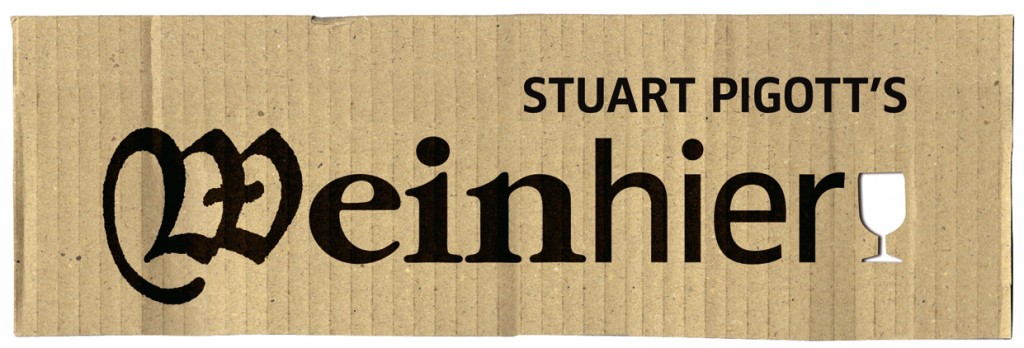

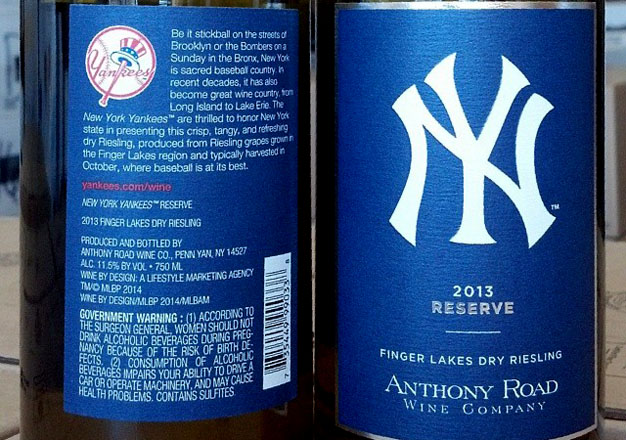
![120114_riesling_global_RZ [1600x1200]](http://www.stuartpigott.de/wp-content/uploads/2014/09/120114_riesling_global_RZ-1600x12009.jpg)
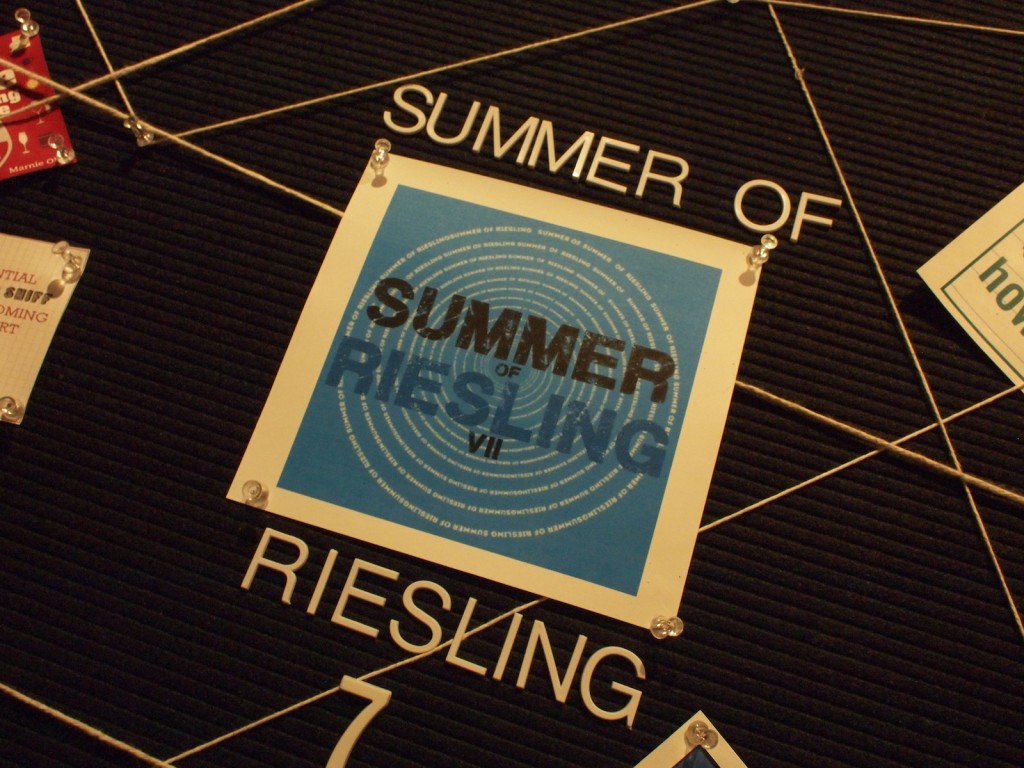
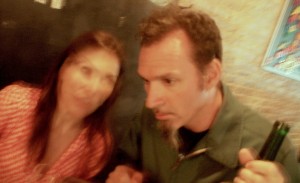
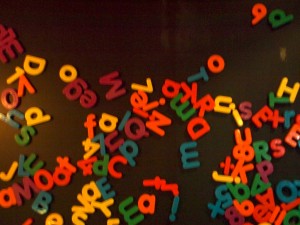
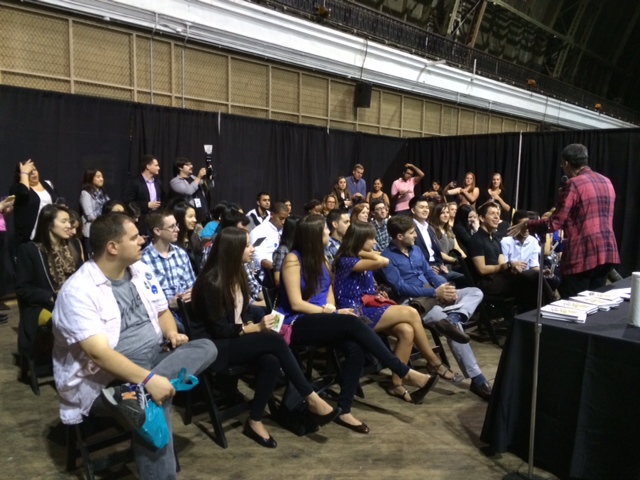
![120114_riesling_global_RZ [1600x1200]](http://www.stuartpigott.de/wp-content/uploads/2014/09/120114_riesling_global_RZ-1600x12008.jpg)
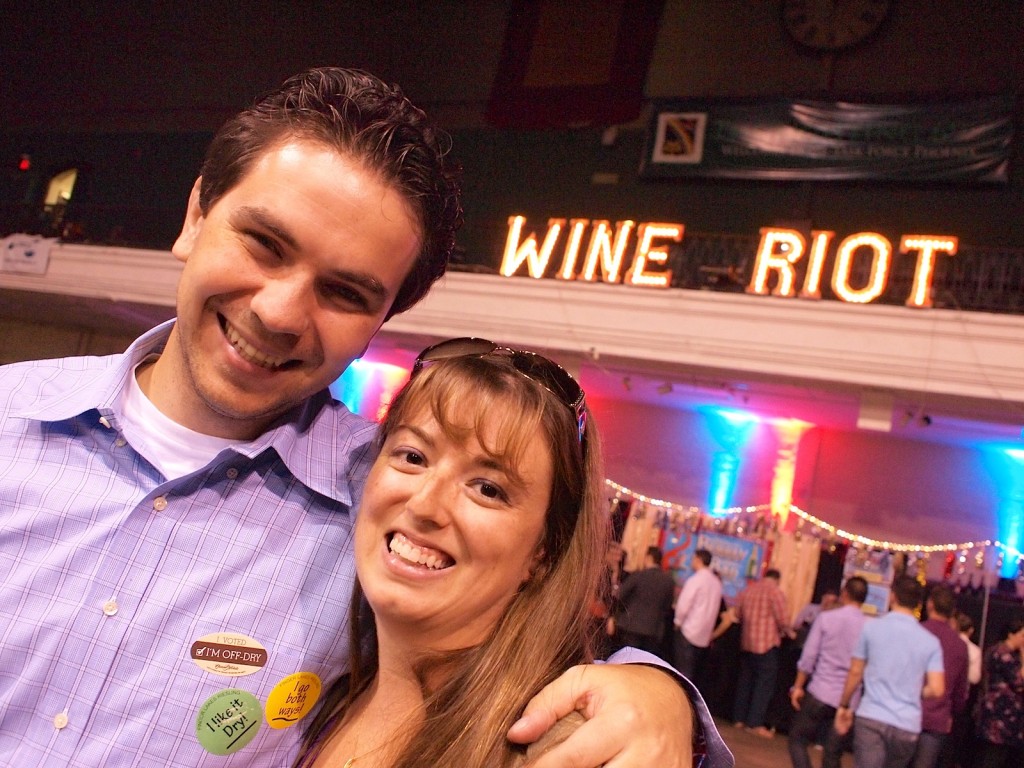
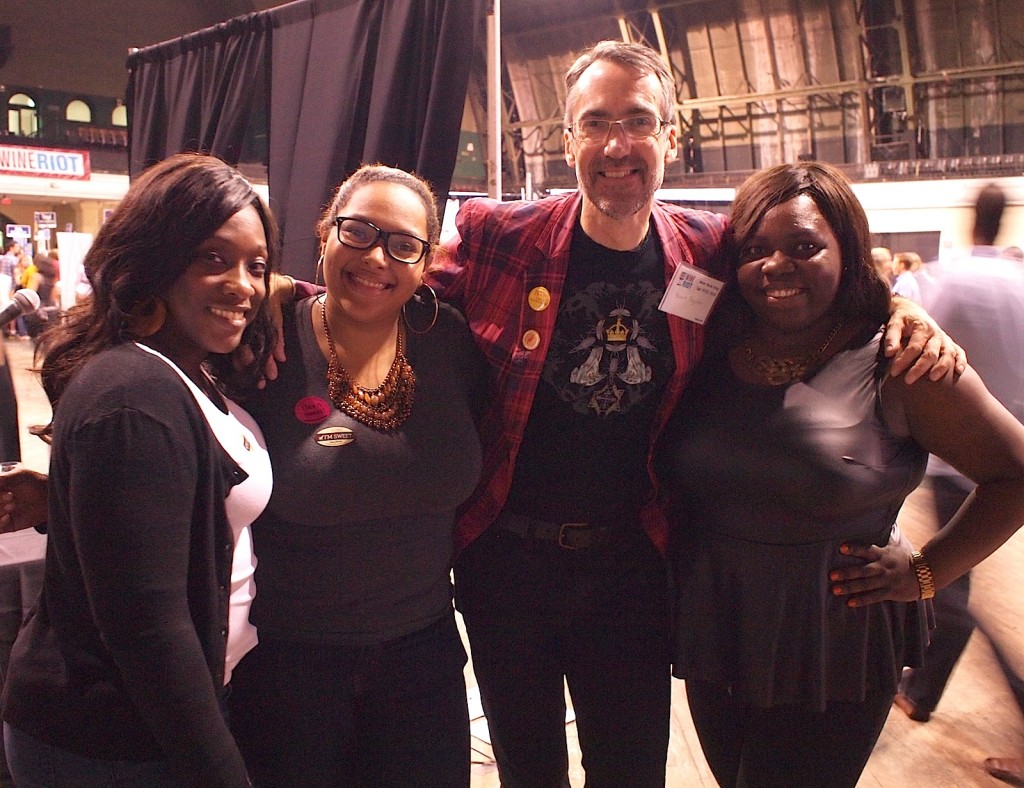
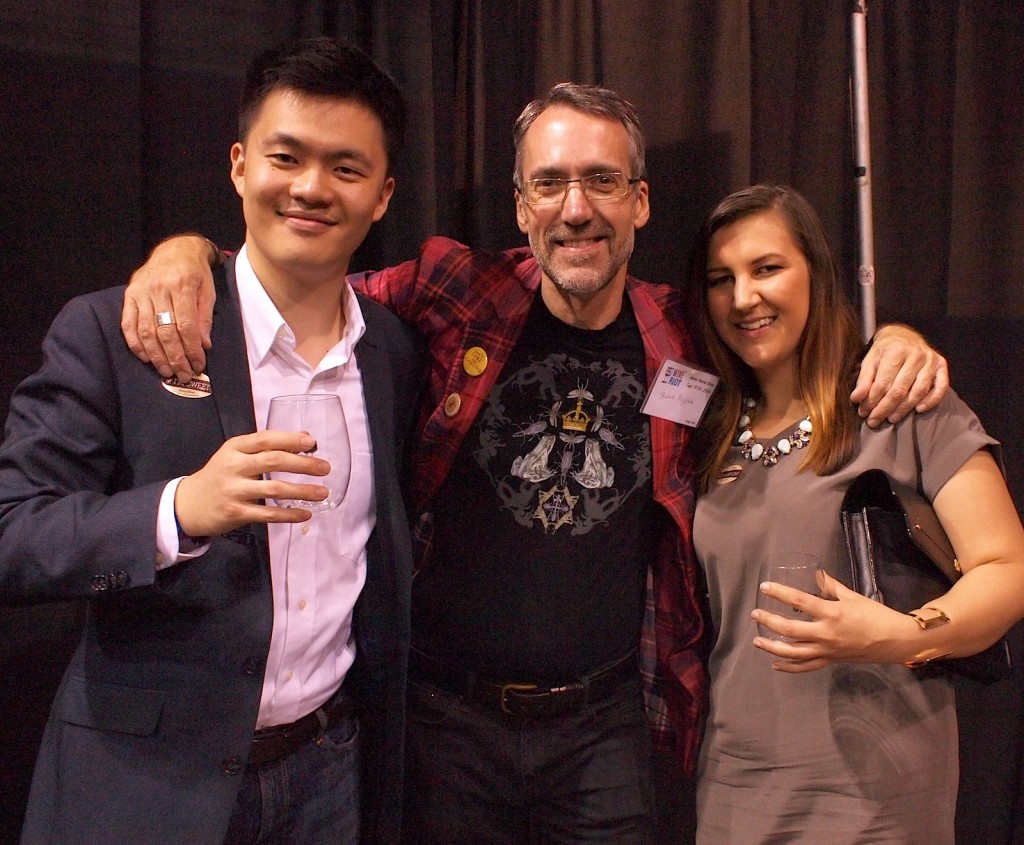
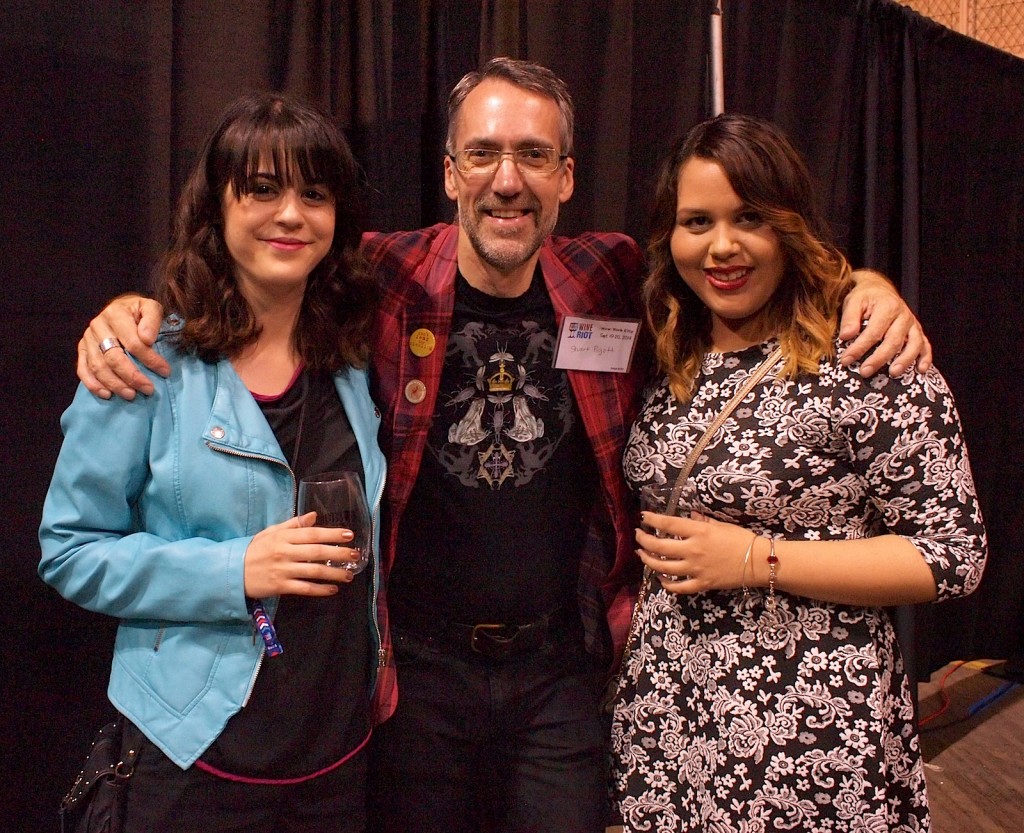
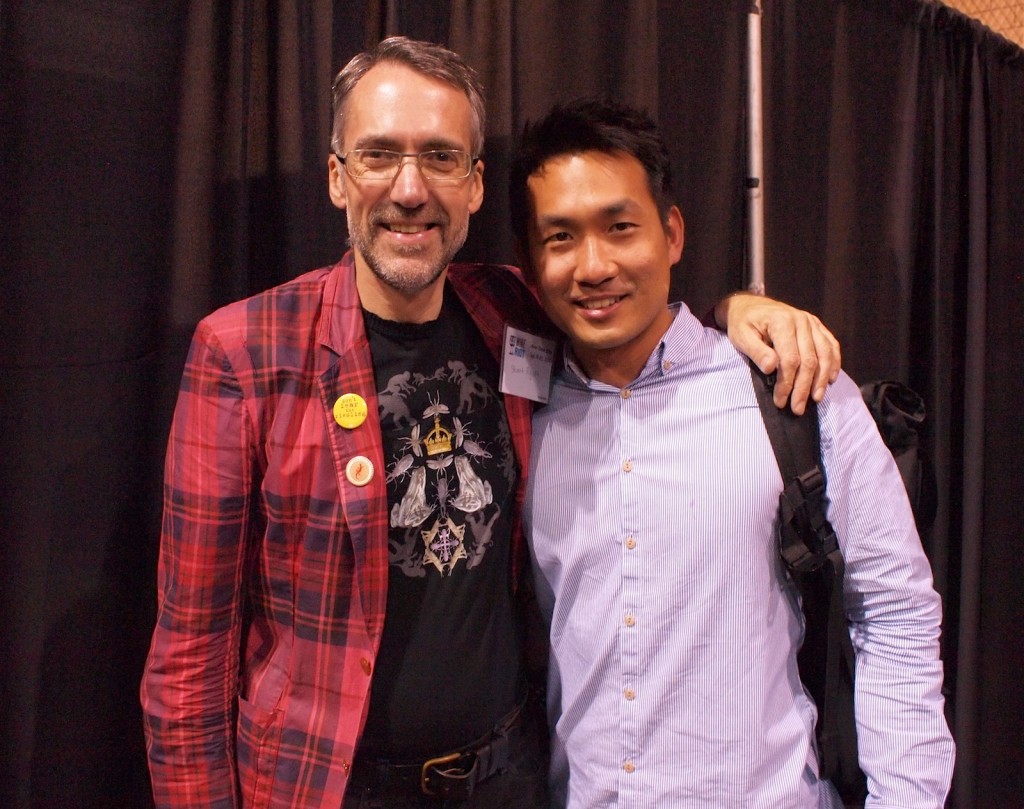
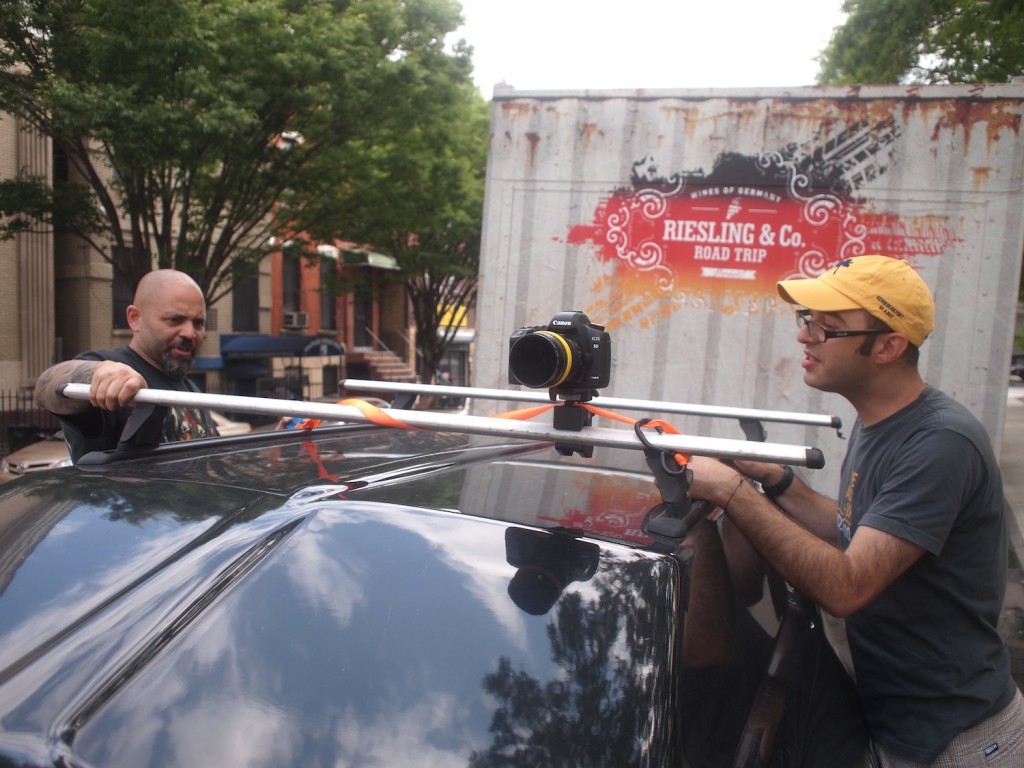
![120114_riesling_global_RZ [1600x1200]](http://www.stuartpigott.de/wp-content/uploads/2014/09/120114_riesling_global_RZ-1600x12007.jpg)
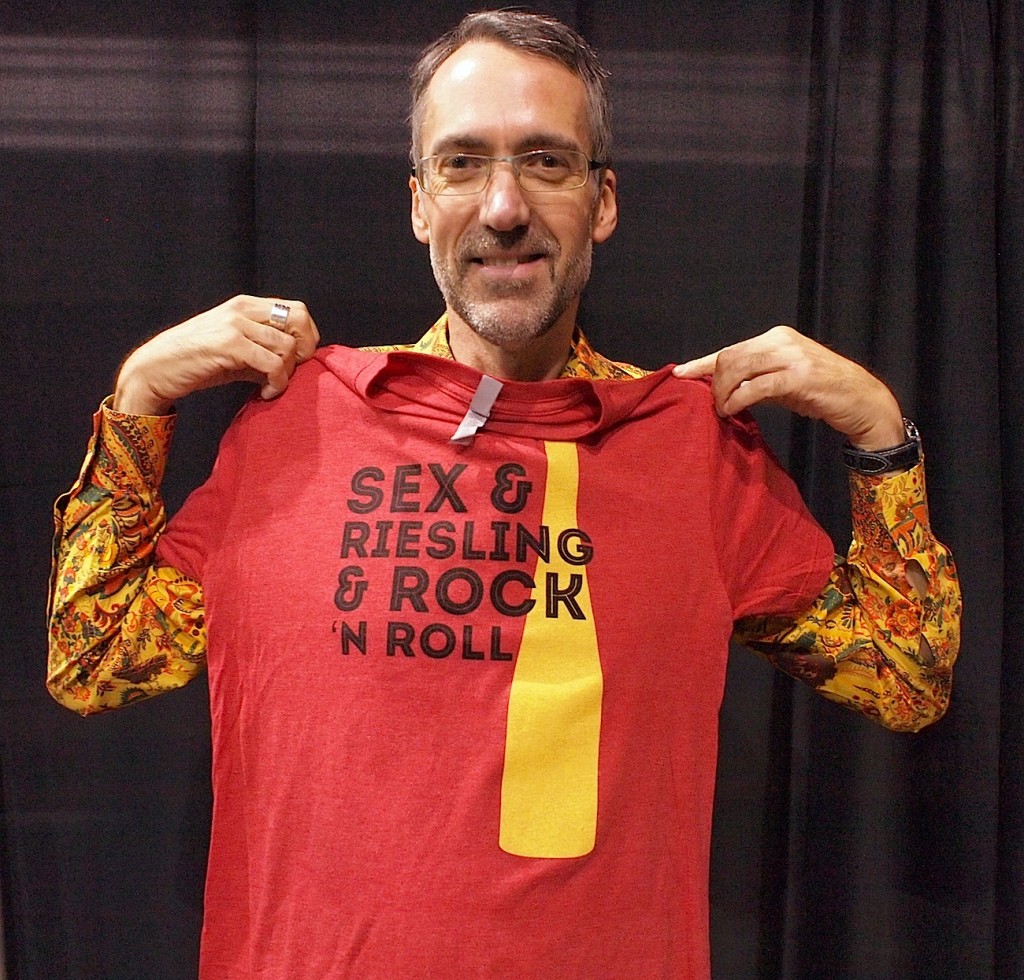
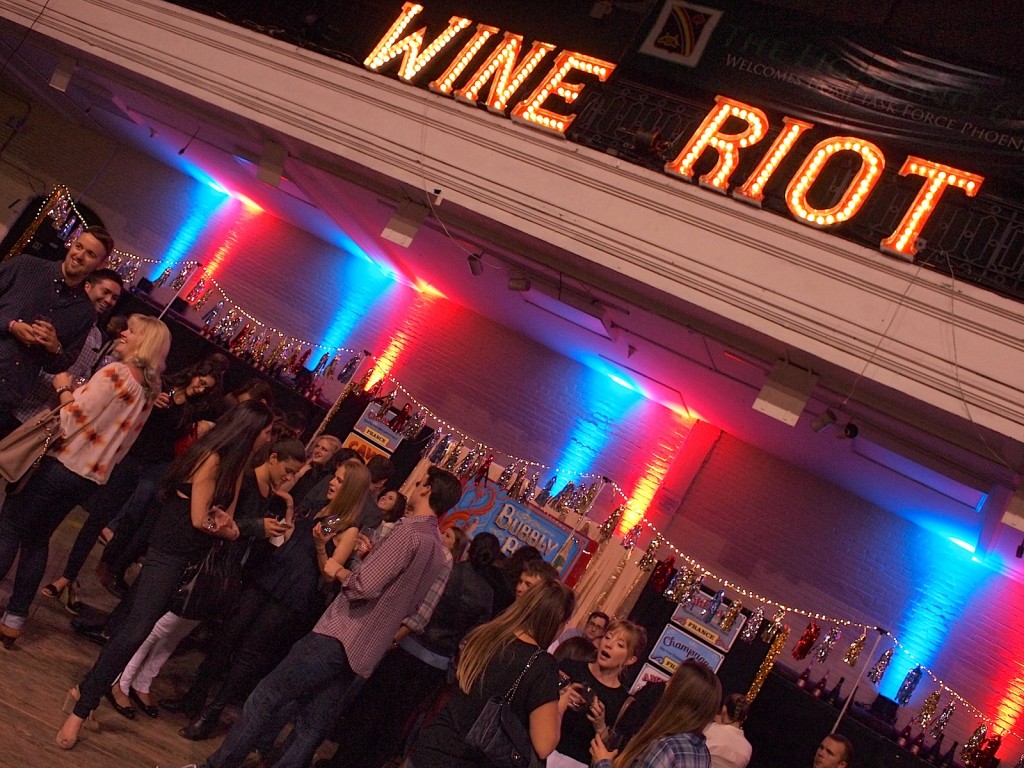
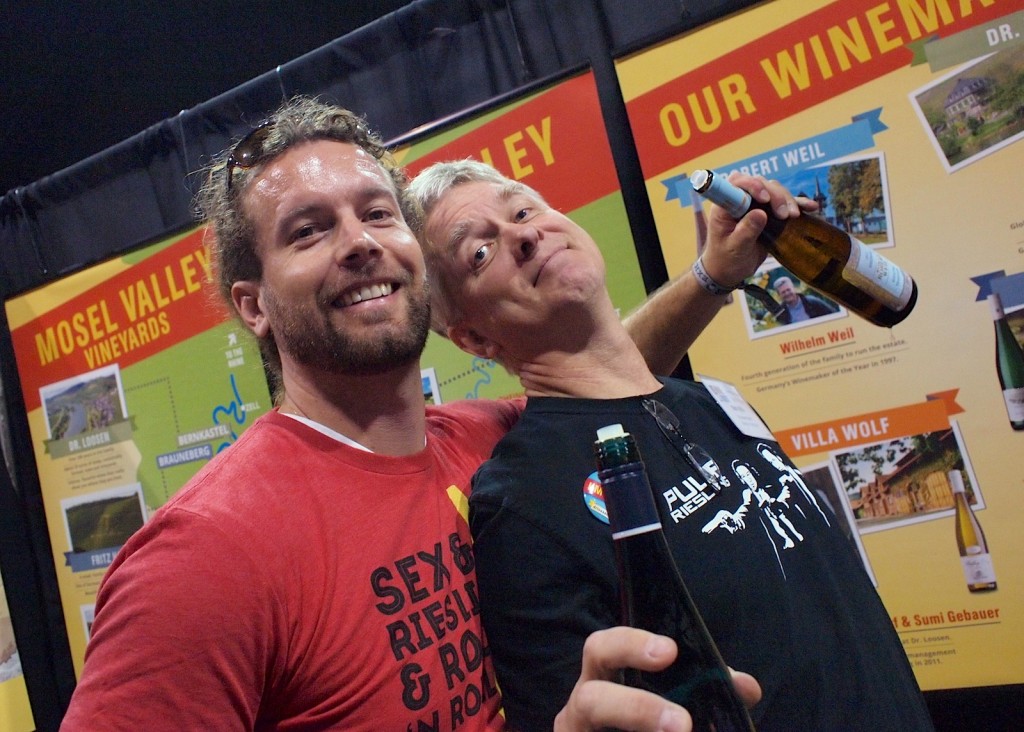
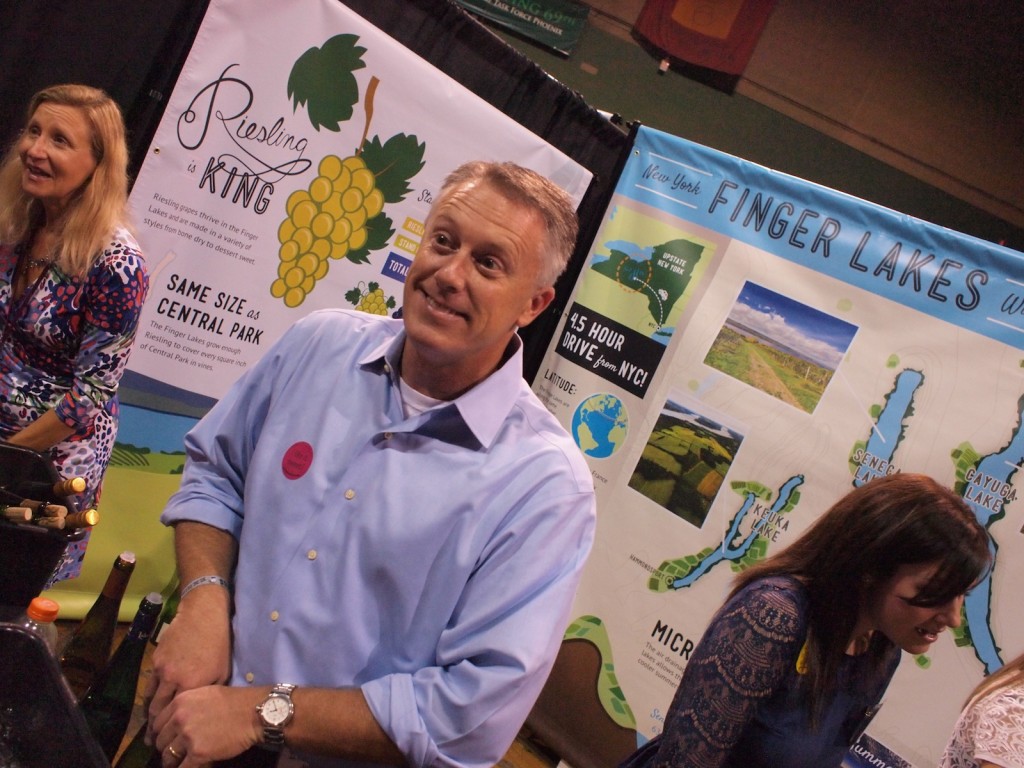
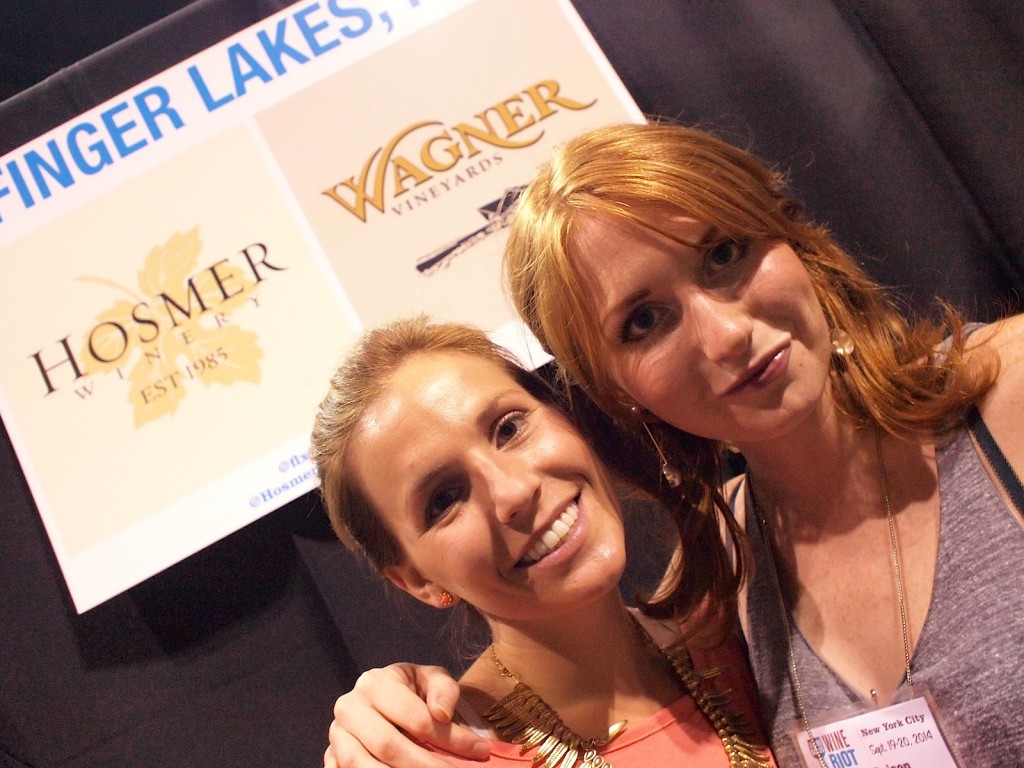
![120114_riesling_global_RZ [1600x1200]](http://www.stuartpigott.de/wp-content/uploads/2014/09/120114_riesling_global_RZ-1600x12006.jpg)
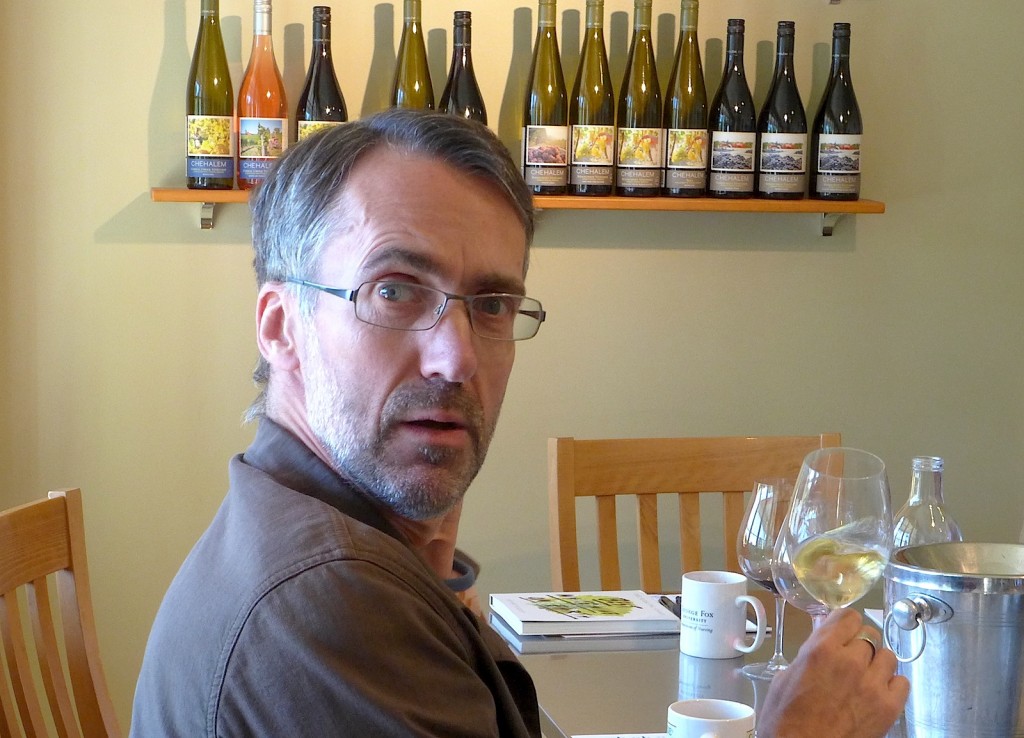
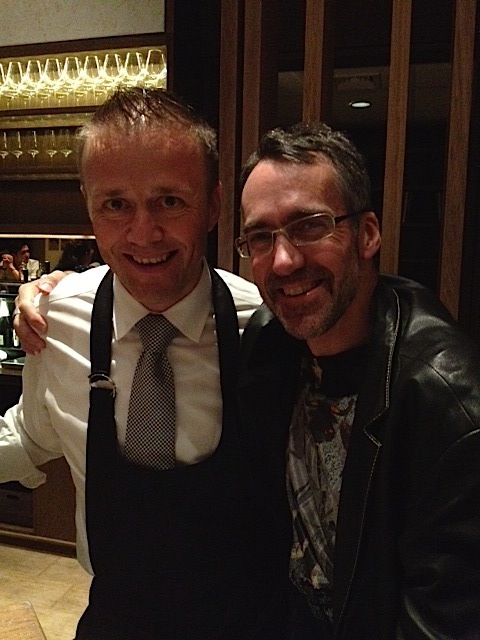
![120114_riesling_global_RZ [1600x1200]](http://www.stuartpigott.de/wp-content/uploads/2014/09/120114_riesling_global_RZ-1600x12005.jpg)
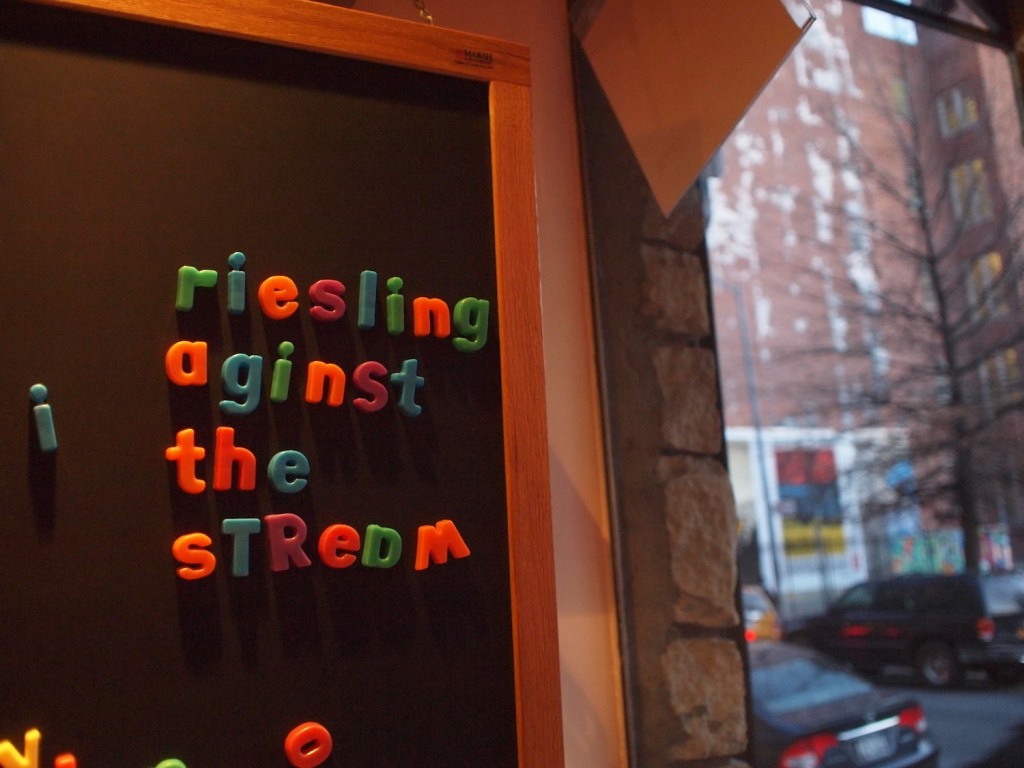
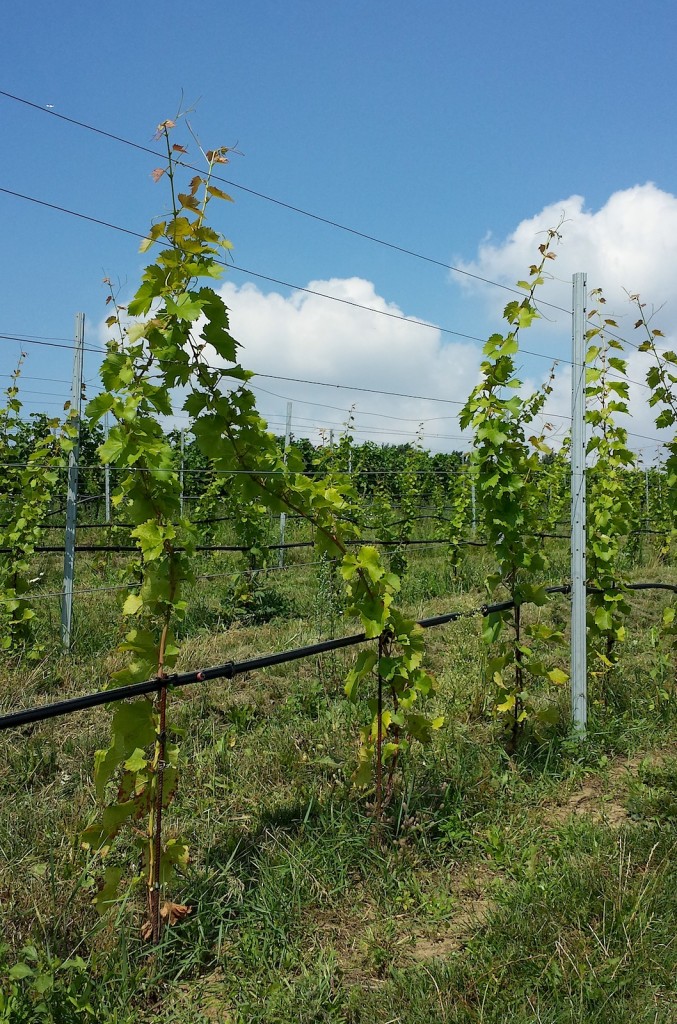
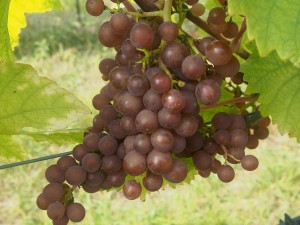
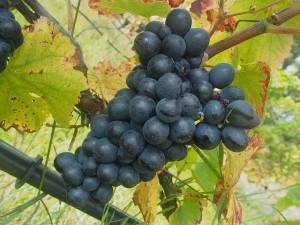
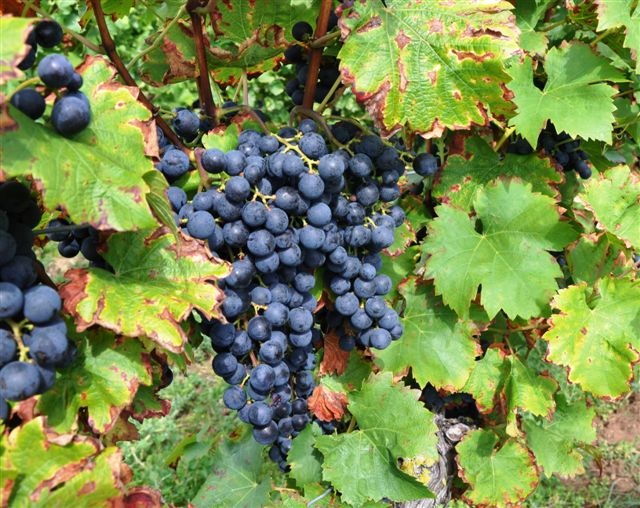
![120114_riesling_global_RZ [1600x1200]](http://www.stuartpigott.de/wp-content/uploads/2014/09/120114_riesling_global_RZ-1600x12004.jpg)
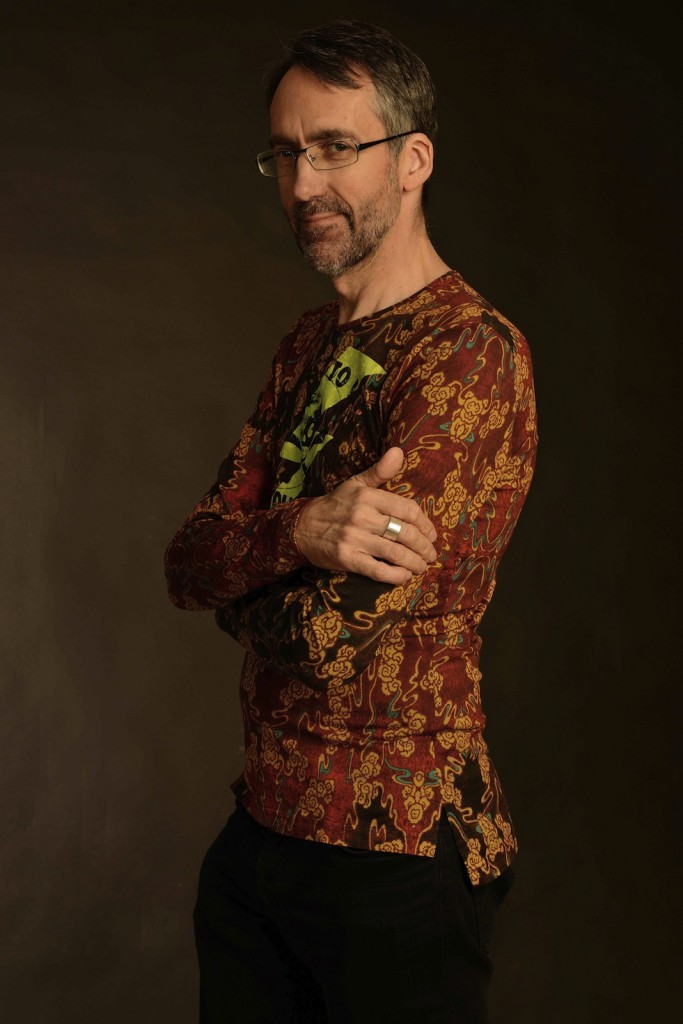
![P1050235 [1600x1200]](http://www.stuartpigott.de/wp-content/uploads/2014/09/P1050235-1600x1200-1024x569.jpg)
![120114_riesling_global_RZ [1600x1200]](http://www.stuartpigott.de/wp-content/uploads/2014/09/120114_riesling_global_RZ-1600x12003.jpg)
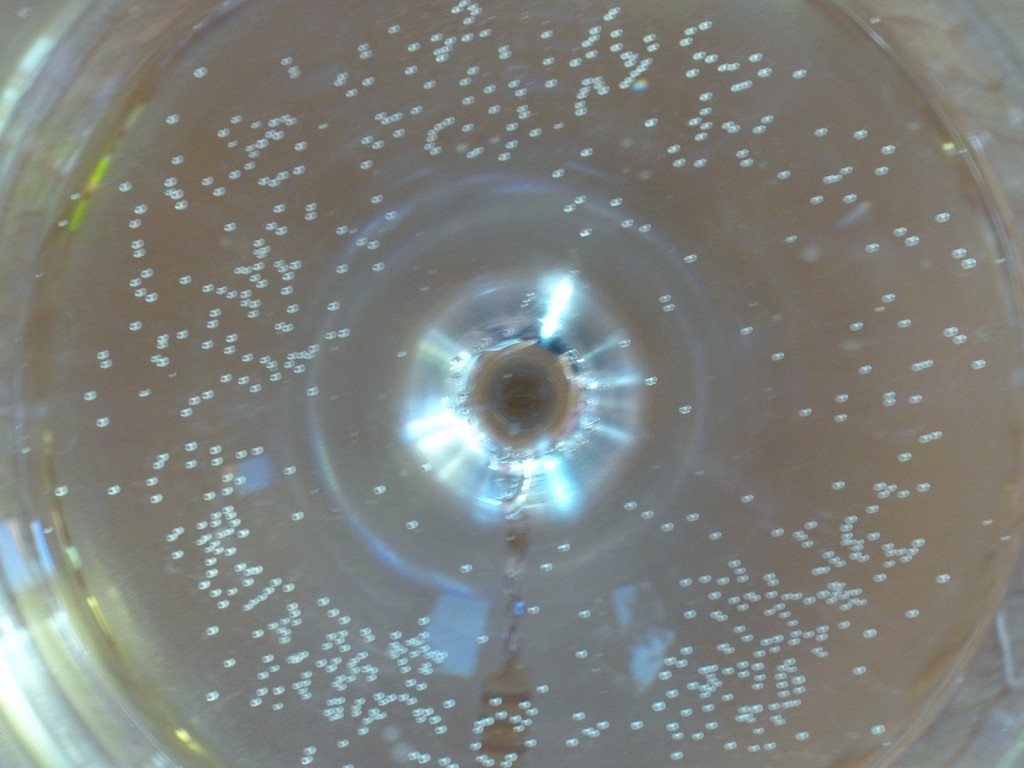
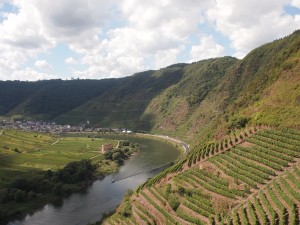
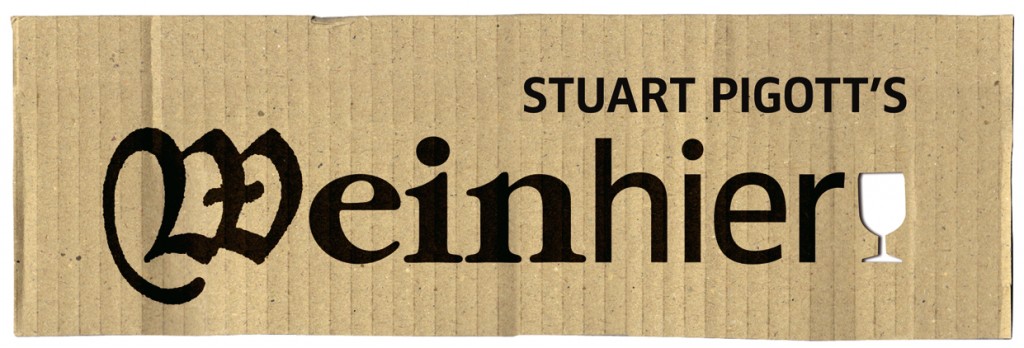

![P1050235 [1600x1200]](http://www.stuartpigott.de/wp-content/uploads/2010/07/P1050235-1600x12002-1024x569.jpg)




